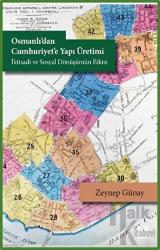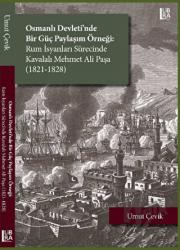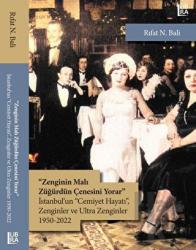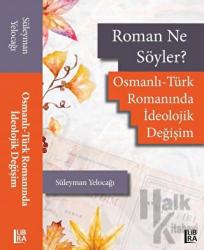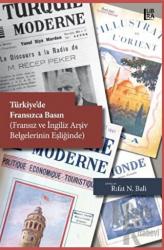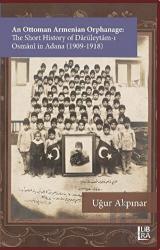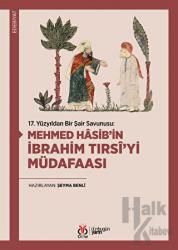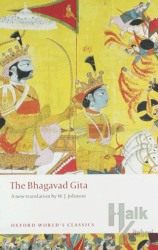A Unique Maqama in Ottoman Literature: Debate Between a Fluent Woman and an Eloquent Young Husband by Nevizade Atayi

Maqāma, as one of the most original genres of Arabic literature, was also written in Hebrew, Syriac, and Persian. However, no original maqāma written in Turkish has hitherto been encountered. This research reveals a formerly unknown Turkish maqāma and presents its full text transliterated into Latin script and translation into modern Turkish and English. The maqāma, written by the 17th-century Turkish poet Nev‘īzāde Atāyī, deals with a woman and her husband who appealed to a court seeking divorce. In the presence of a judge and other witnesses, they extol their own virtues and besmirch each other’s evils in a highly artistic and entertaining manner. This maqāma echoes Hamadānī’s “Shamiyya,” al-Harīrī’s “Tabriziyya” (Arabic) and Hamīdī’s “Hukumat al-Zawjayn” (Persian) in both style and theme. Therefore, this study also compare Turkish maqāma with Arabic and Persian counterparts, and uncover a successfully enriched example that handles a classical maqāma topic while simultaneously adhering to the technical features of the genre in a new language.
- Açıklama
Maqāma, as one of the most original genres of Arabic literature, was also written in Hebrew, Syriac, and Persian. However, no original maqāma written in Turkish has hitherto been encountered. This research reveals a formerly unknown Turkish maqāma and presents its full text transliterated into Latin script and translation into modern Turkish and English. The maqāma, written by the 17th-century Turkish poet Nev‘īzāde Atāyī, deals with a woman and her husband who appealed to a court seeking divorce. In the presence of a judge and other witnesses, they extol their own virtues and besmirch each other’s evils in a highly artistic and entertaining manner. This maqāma echoes Hamadānī’s “Shamiyya,” al-Harīrī’s “Tabriziyya” (Arabic) and Hamīdī’s “Hukumat al-Zawjayn” (Persian) in both style and theme. Therefore, this study also compare Turkish maqāma with Arabic and Persian counterparts, and uncover a successfully enriched example that handles a classical maqāma topic while simultaneously adhering to the technical features of the genre in a new language.
- Taksit Seçenekleri
- Axess KartlarTaksit SayısıTaksit tutarıGenel ToplamTek Çekim290,50290,502151,06302,123102,64307,93652,29313,74935,51319,55Finansbank KartlarıTaksit SayısıTaksit tutarıGenel ToplamTek Çekim290,50290,502151,06302,123102,64307,93652,29313,74935,51319,55Bonus KartlarTaksit SayısıTaksit tutarıGenel ToplamTek Çekim290,50290,502151,06302,123102,64307,93652,29313,74935,51319,55Paraf KartlarTaksit SayısıTaksit tutarıGenel ToplamTek Çekim290,50290,502151,06302,123102,64307,93652,29313,74935,51319,55Maximum KartlarTaksit SayısıTaksit tutarıGenel ToplamTek Çekim290,50290,502151,06302,123102,64307,93652,29313,74935,51319,55World KartlarTaksit SayısıTaksit tutarıGenel ToplamTek Çekim290,50290,502151,06302,123102,64307,93652,29313,74935,51319,55Diğer KartlarTaksit SayısıTaksit tutarıGenel ToplamTek Çekim290,50290,502--3--6--9--
- Yorumlar
- Yorum yazBu kitabı henüz kimse eleştirmemiş.
- Yayınevinin Diğer Kitapları
- Yazarın Diğer Kitapları



